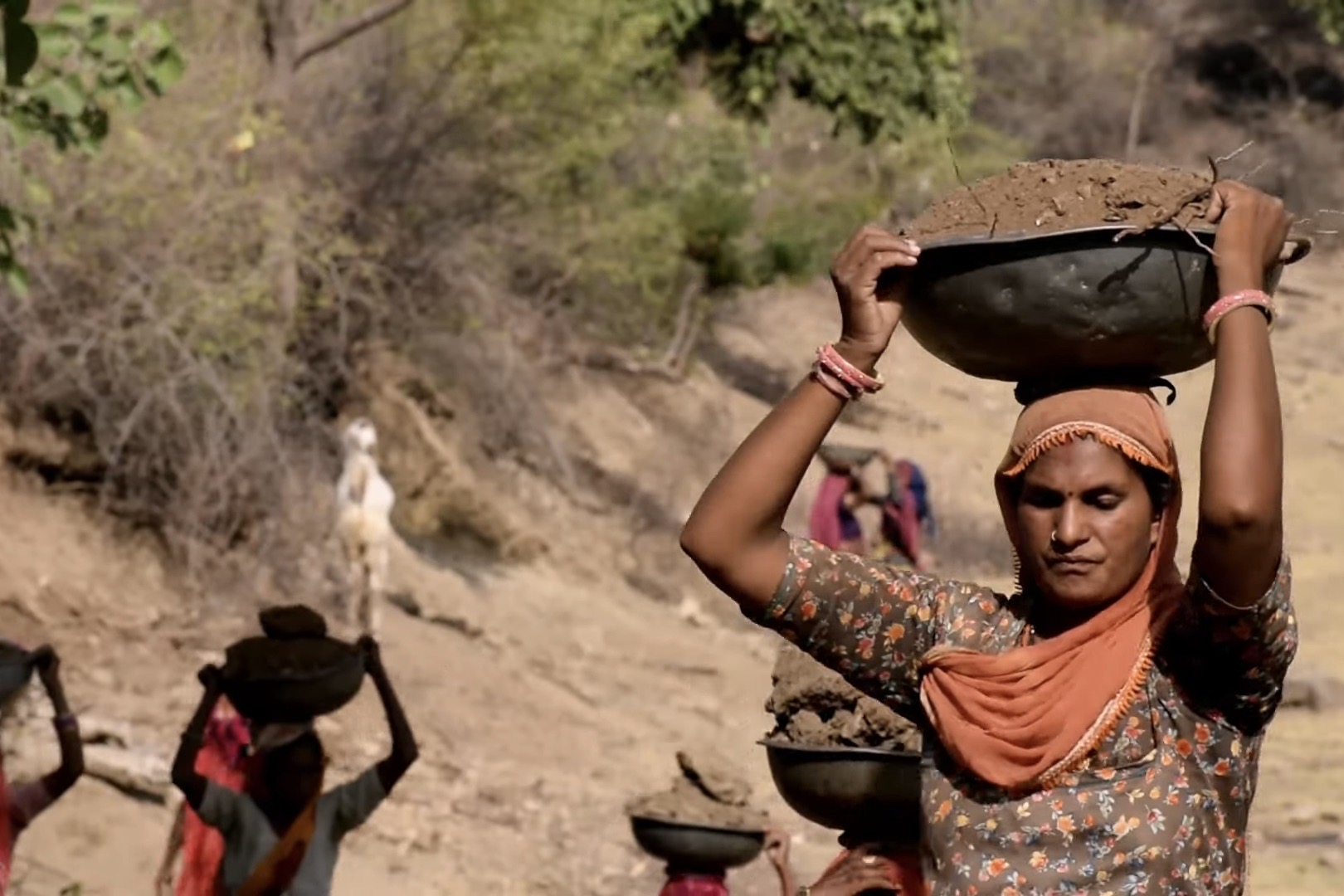What are the intersections of climate and work? How are global climate risks playing out in fields and on factory floors and being discussed in company boardrooms? As the world heats up, what jobs and employment sectors, what factory practices, what sorts of manufacturing—from computer chips to batteries to food production to fast fashion—are threatened or must change? Factors affecting work range from heat to competition for water resources.
With a series of films focusing on labor and the environment, the Pulitzer Center offers a view into the real-world problems of working as temperatures rise, limited labor rights oversight and threats to livelihoods for some of the world’s most vulnerable workers. Reporting efforts also seek to document solutions by companies and communities and insights into the work of scientists seeking to reduce the impacts of climate change.
A screening will be followed by conversation with journalists and filmmakers involved in these projects, including Sidrah Fatma Ahmed, Aryn Baker, Hal Bernton, Andrew Robinson, and Fred de Sam Lazaro. Christine Spolar, the Pulitzer Center's climate and labor editor, will moderate the conversation. The event will take place Wednesday, March 22, 2023, at 6:00pm EST in Washington, D.C., as part of the Environmental Film Festival in the Nation's Capital.
All films supported by the Pulitzer Center in conjunction with the individual media outlets named: Scientific American, The Financial Times, PBS NewsHour, TIME, Anchorage Daily News, and The Seattle Times. Shorts curated by the Pulitzer Center; program in partnership with the Environmental Film Festival in the Nation's Capital and co-presented with the Martin Luther King Jr. Memorial Library.
Free. Reservations required.
For more information, visit pulitzercenter.org/eff23.
Films Include:
"Can India Adapt to Extreme Heat?" (Financial Times)
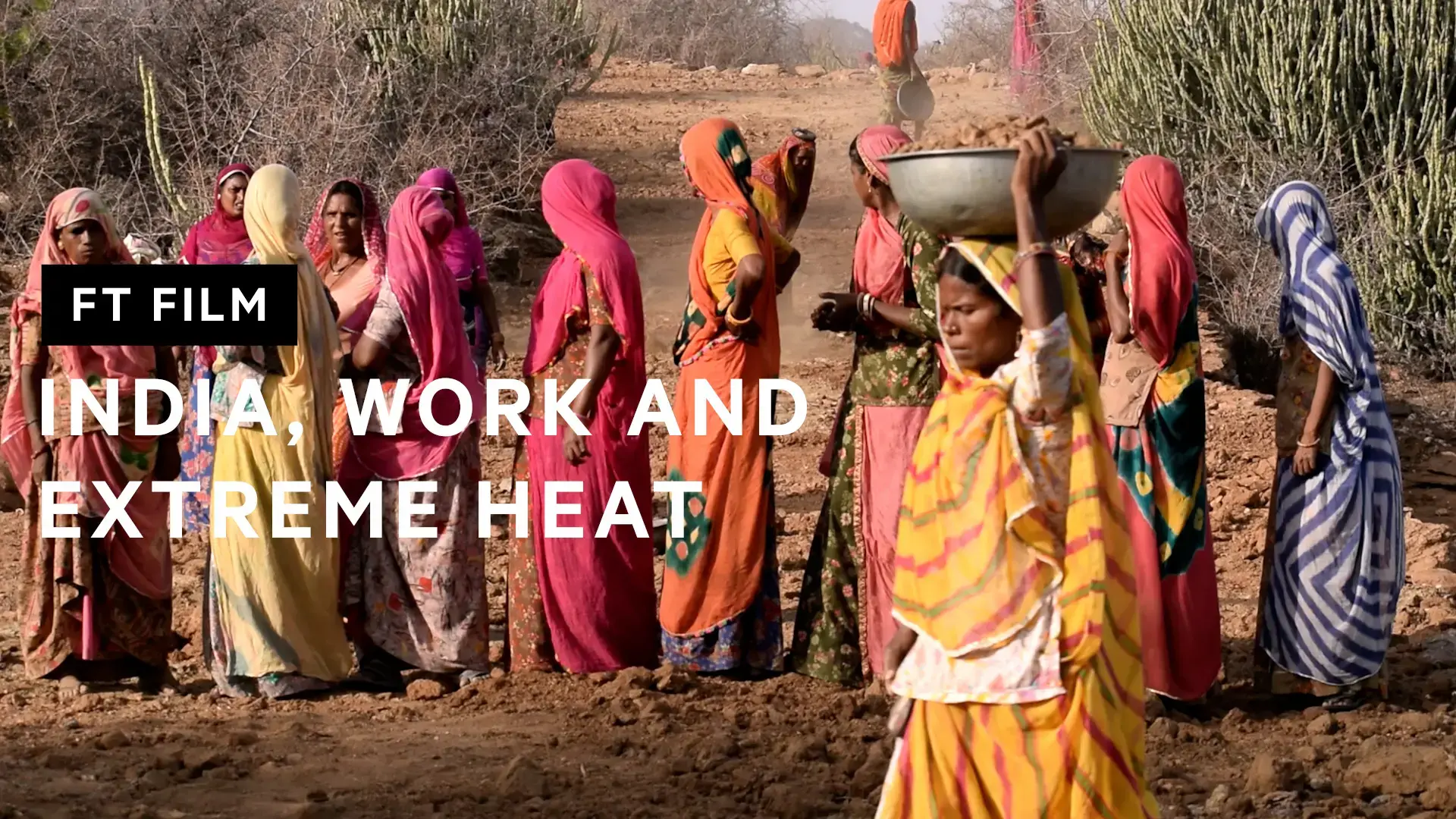
In the face of climate change, developed nations at COP27 are under pressure to support hard-hit countries such as India. The FT meets farmers, students, business owners, factory workers, and scientists to hear firsthand the lasting impact of rising temperatures on working conditions and productivity.
Image caption: Image by Financial Times. 2022.
"Too Hot to Work: Qatar’s World Cup Building Boom" (TIME)
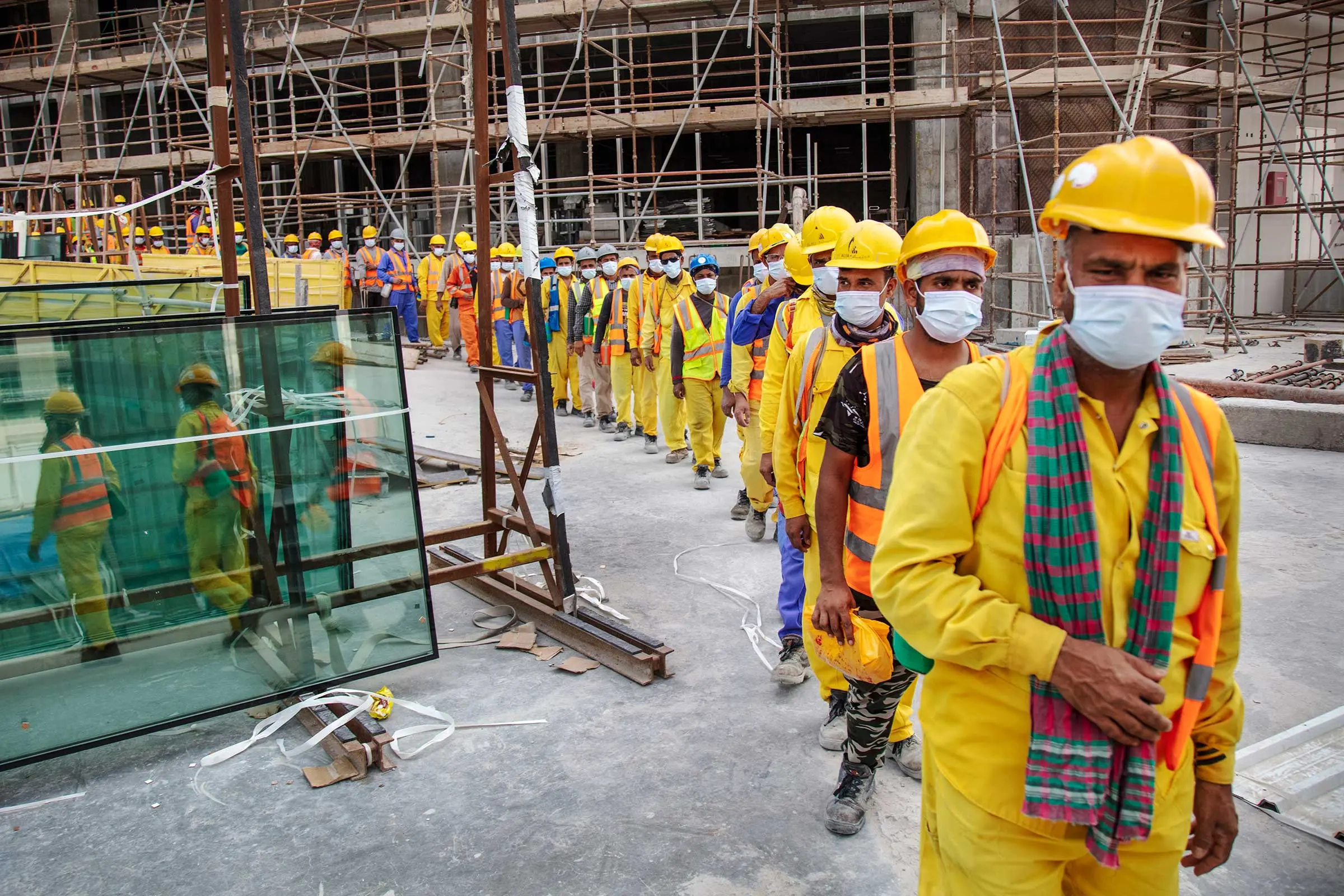
While climate changes ranging from drought to floods are not driving all migration, they are playing increasingly important roles in the movement of individuals seeking a way to support their families. Climate change has encouraged individuals seeking work to take dangerous jobs in hot regions with little protections, including the labor-intensive efforts to build Qatar’s World Cup stadiums.
Image caption: Workers at a Doha construction site line up to get into buses to head to their sleeping quarters to rest during the mid-day heat, until the afternoon work started up again. Image by Ed Kashi/VII/TIME.
"Climate Change Forces Major Lifestyle Changes High in the Himalayan Mountains" (PBS NewsHour)
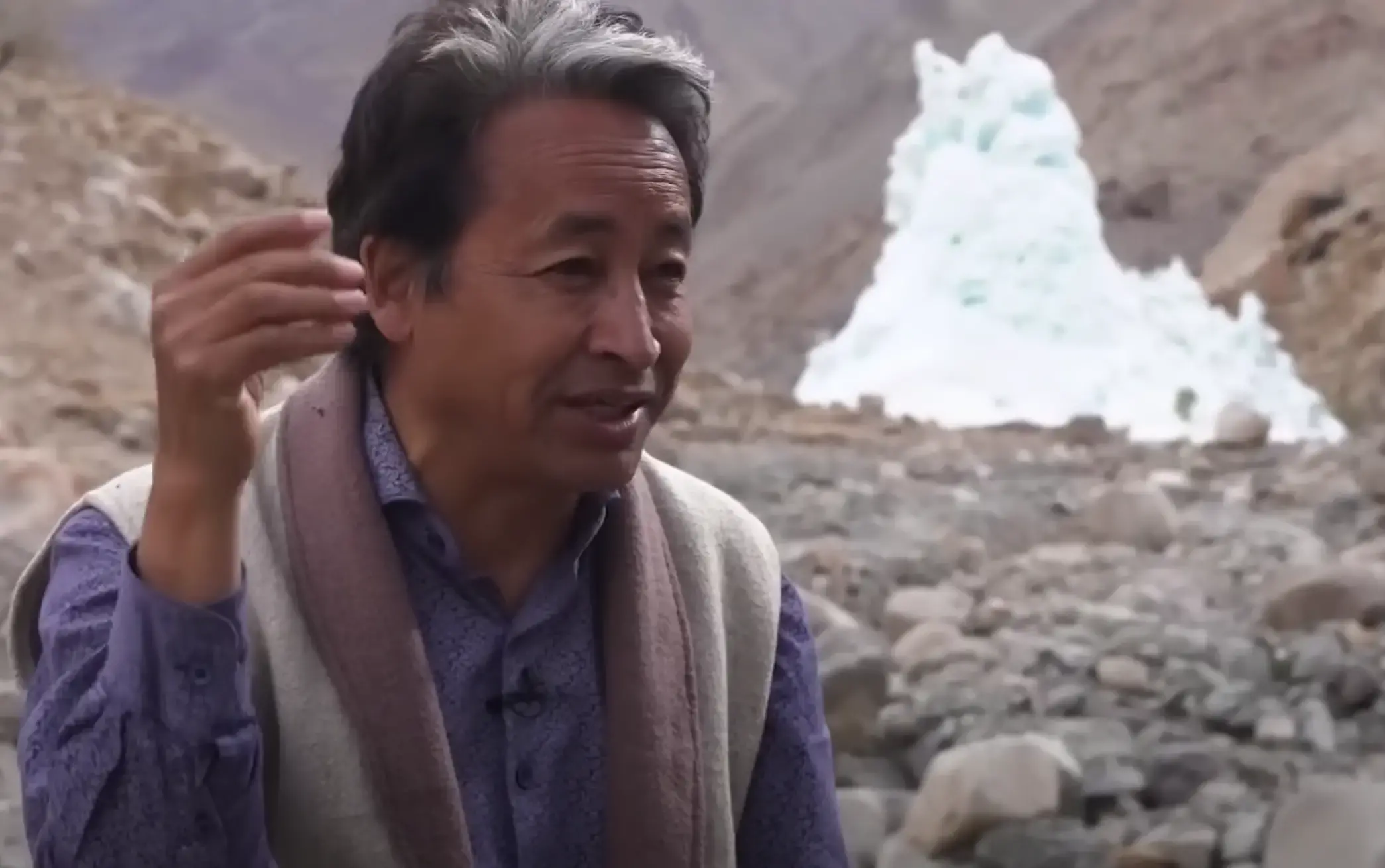
High in India's Himalayan region, Ladakh has long relied on melting glaciers to nourish the short growing season. Those glaciers have been receding and the climate has grown increasingly erratic in recent decades, taking a significant toll on these isolated agrarian communities that cling to the vast mountainside. This film examines one solution designed by prominent local educator Sonam Wangchuk and his students: artificial glaciers, or ice stupas, that store millions of gallons of water available to nourish the terraced fields as spring and the growing season commence.
Image caption: Image by PBS NewsHour. 2022.
"The Vanishing Invisible Forests" (Scientific American; also co-published with Monterey Herald)
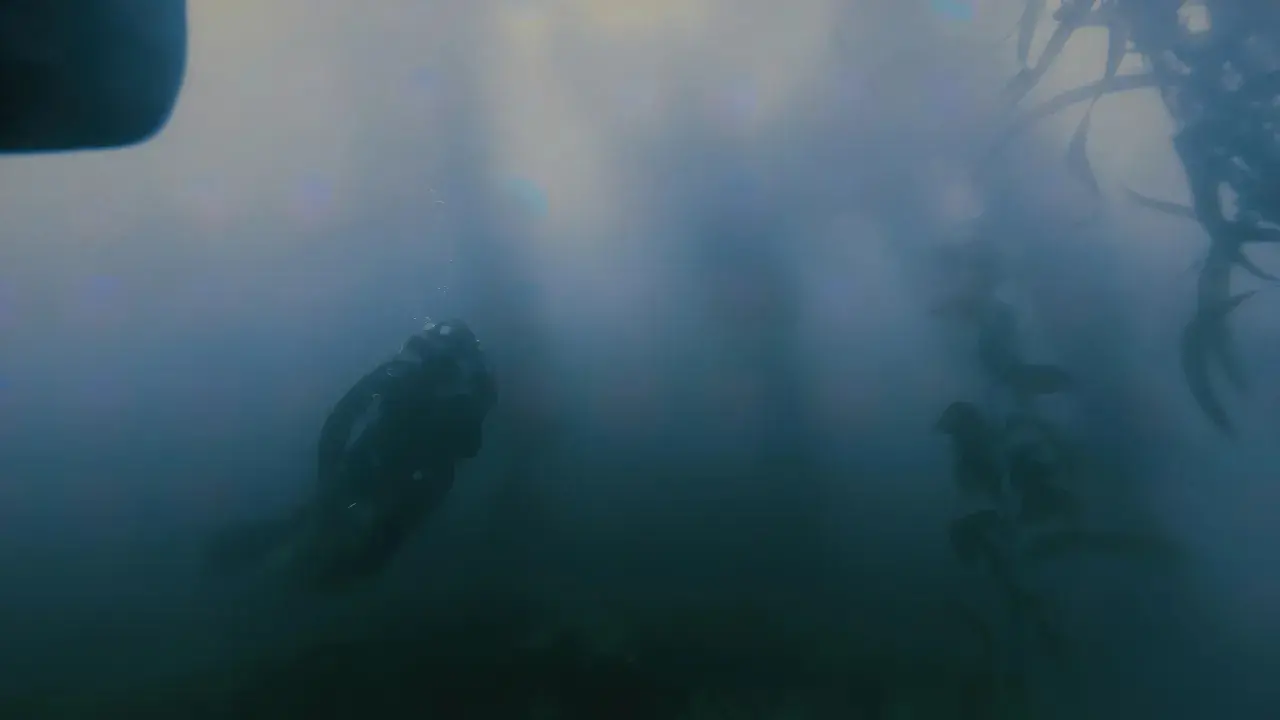
Our kelp forests are largely unobserved, and now they are vanishing. To understand why, filmmakers Dominic Smith and Andrew Robinson focus on the work of scientists who dive underwater and look down from space. Their research reveals a complex system at risk of collapse. It's a glimpse into the work of scientists underwater in a fragile ecosystem.
Image caption: Reaching from the ocean floor to the surface, the huge, leafy stalks of giant kelp provide food and habitats for thousands of species. Image by Dom Smith/Monterey Herald. United States, 2022.
"Amid a Changing Climate, a Record Return of Alaska’s Bristol Bay Sockeye Salmon" (Co-Published by The Seattle Times and Anchorage Daily News)
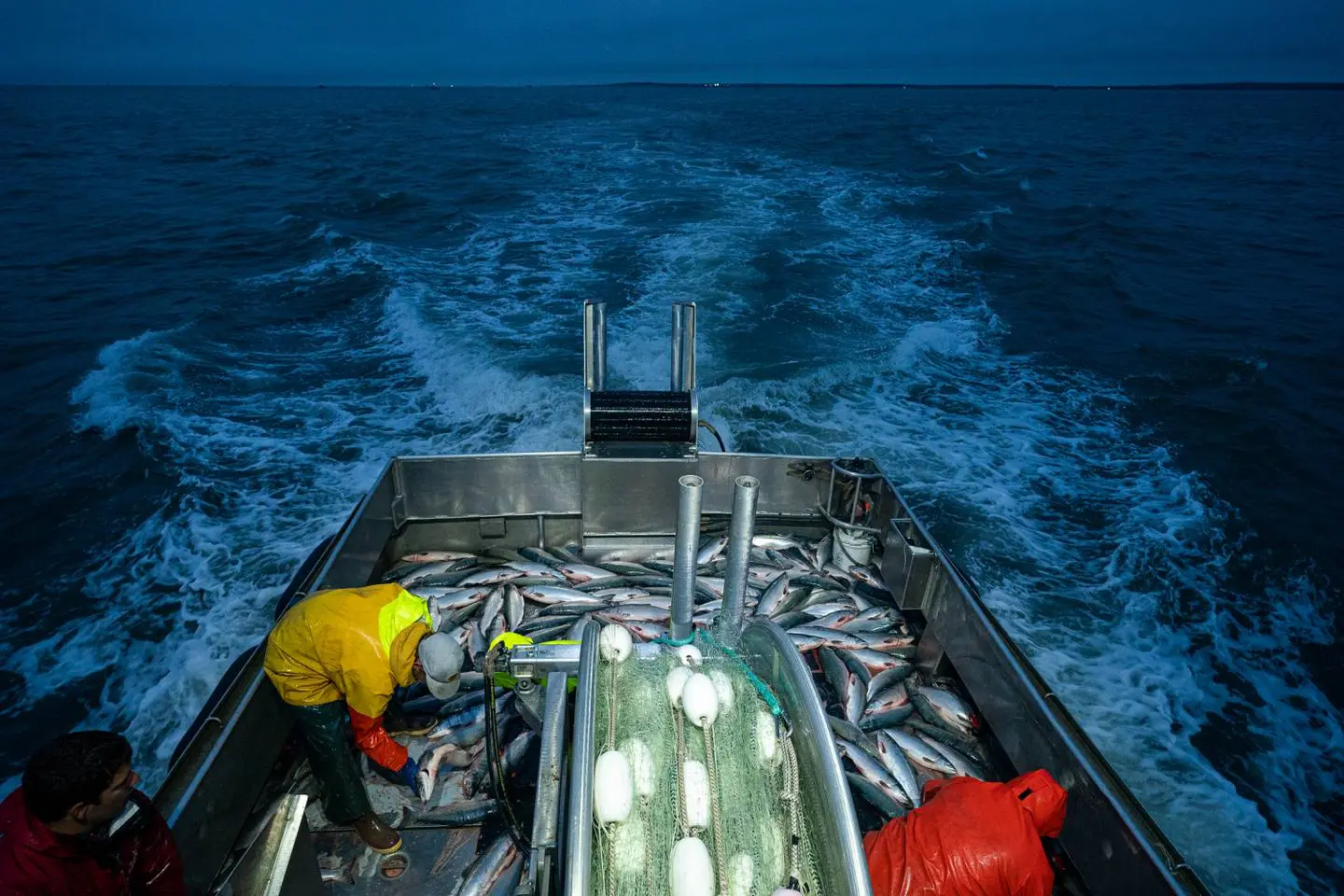
In a collaborative effort, The Seattle Times reporter Hal Bernton and Anchorage Daily News photographers reported from a record-shattering summer sockeye season on Bristol Bay, when more than 72 million sockeye returned from the North Pacific.
They went out with fishermen who bring in the catch on drift gillnet boats, and others who fish with nets stretched out from beach sites. They also traveled to freshwater drainages where these salmon spawn to spend time with scientists whose decades of research has provided insights into why these salmon runs have been so strong, and what challenges lie ahead as the climate warms.
Image caption: Crew bleed and store salmon aboard the Twin Tuition. Processors pay extra for fish that have been bled. Image by Loren Holmes/ADN. United States, 2022.

After international criticism, Qatar’s government implemented major reforms to protect its labor...
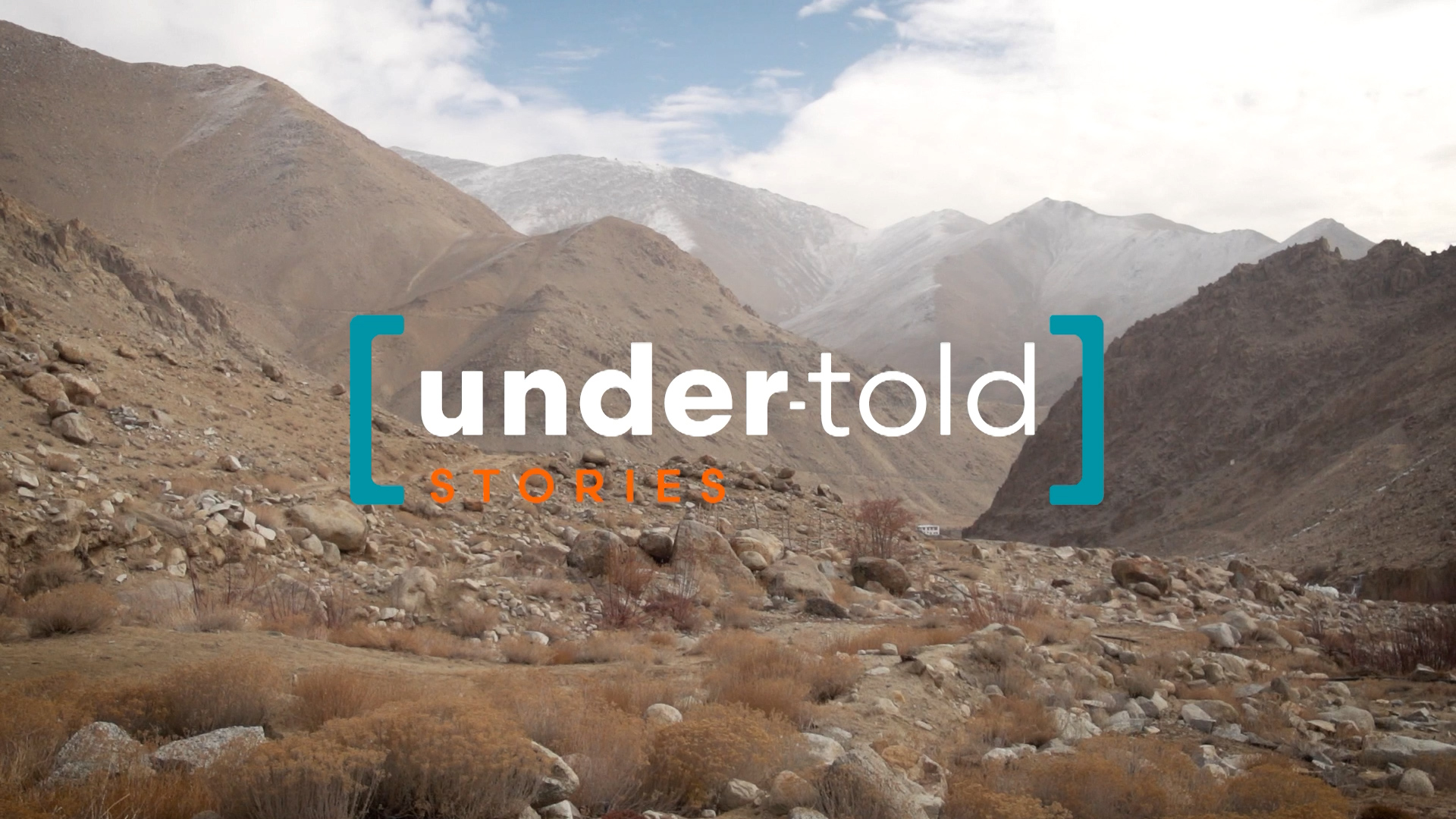
Project
Baby Glaciers in the Himalayas
An educator designed a solution for receding glaciers in the Himalayan region.
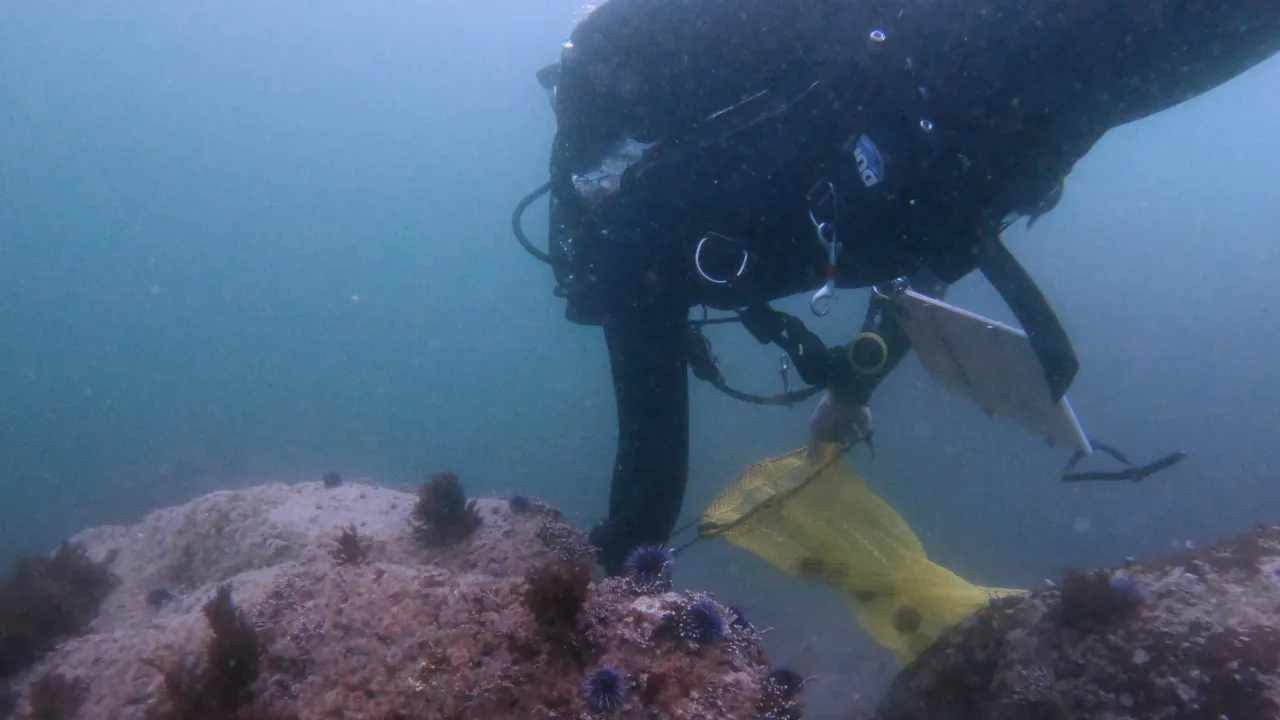
Project
The Vanishing, Invisible Forest
In 2014, a confluence of climate change and over predation led to a sudden loss of 95% of kelp along...
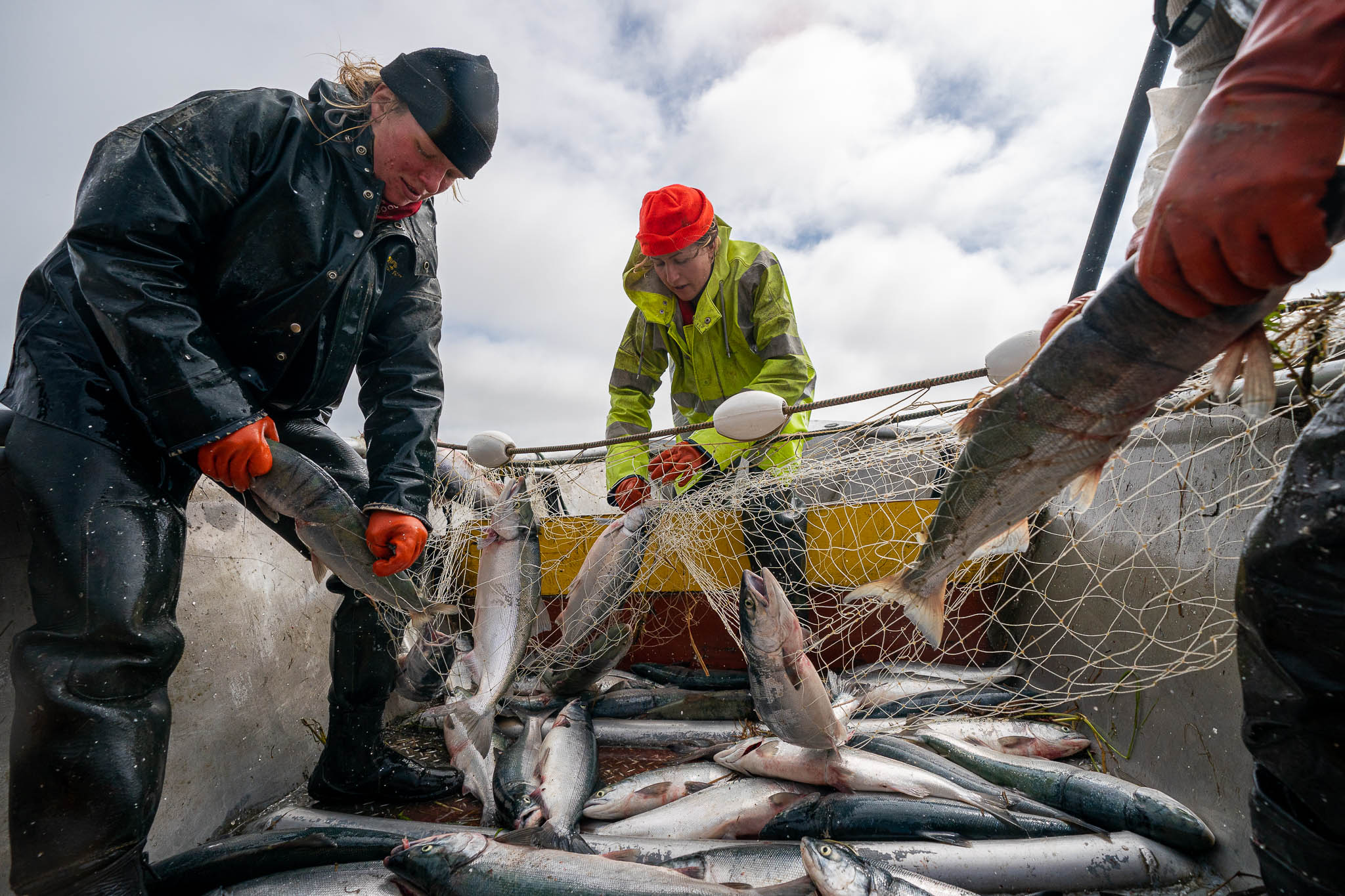
This collaborative journalistic effort looks into the record-shattering summer sockeye season on...

Project
NewsArts
NewsArts: a Pulitzer Center initiative that explores the intersections between journalism and art...






